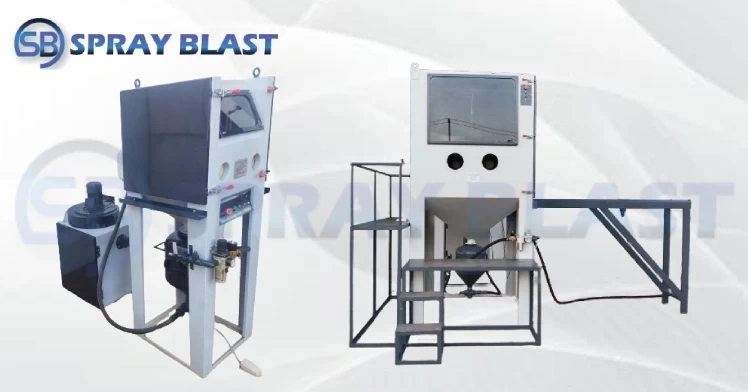
Sand blasting for removing mold is an effective method for various surfaces, including concrete, brick, and stone. When removing mold from a surface using a sand blasting machine, it is important to take appropriate safety measures to protect yourself and others from the hazards of mold exposure.
Sandblasting can be an effective method for removing mold from surfaces such as concrete, brick, and stone. The process involves using compressed air to shoot abrasive particles, such as sand, at high speeds onto the moldy surface to remove it.
Sand blasting is particularly useful for removing mold from porous surfaces, as it can penetrate deep into the material and remove the mold spores that may be lurking beneath the surface. It can also be used to remove surface mold from non-porous materials like metal and glass.
However, it's important to note that sandblasting can also damage some materials, especially softer materials like wood and plaster. So it's important to consider the type of surface you're dealing with before using sand blasting as a mold removal method.
Additionally, sandblasting creates a lot of dust and debris, which can be hazardous to your health if inhaled. So it's important to wear protective gear like a respirator, gloves, and goggles while sandblasting.
Here are the steps for removing mold with sand blasting:
Wear appropriate protective gear, including a respirator, gloves, and eye protection, to protect yourself from the mold and the abrasive material used in sand blasting.
Set up the sand blasting equipment and adjust the sand blasting nozzle to the appropriate pressure and distance from the surface.
Direct the sand blaster onto the surface with the mold and start blasting the mold-infected area.
Move the nozzle back and forth over the affected area to ensure even coverage and thorough removal of the mold.
Once the mold has been removed, clean up the area with a HEPA vacuum or wet mop to remove any remaining mold spores.
Dispose of the contaminated sand and debris in a sealed container or bag, and properly disinfect or dispose of any contaminated protective gear.
It is important to note that sand blasting can potentially damage the surface being treated, especially if done improperly or with excessive force. Therefore, it is important to use appropriate safety equipment and techniques when performing sand blasting for mold removal.